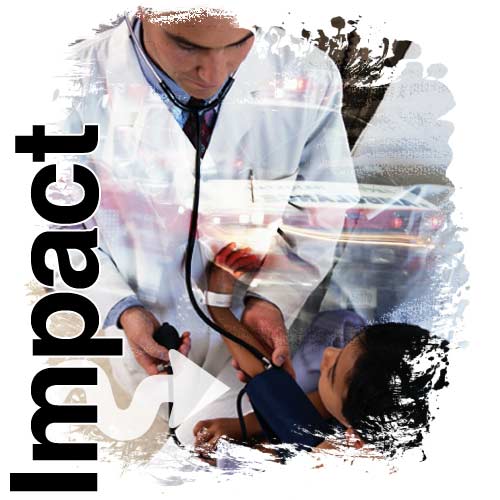Protecting the Health & Safety Children near Unconventional Gas Drilling
Here is a link to the health and safety voice over presentation that was presented to Mars Home for Youth and the MASD Board by Marsha Haley M.D. and Patrice Tomcik.
Ever Wonder What Toxic Exposures to Gas Drilling Pollution Does to Children?
Dr. Jerome Paulson gave lecture in Pittsburgh on May 17, 2014. Click HERE to see the video.
Jerome A. Paulson is a Professor in the Department of Environmental & Occupational Health at The George Washington University School of Public Health and Health Services, and a Professor in the Department of Pediatrics at The George Washington University School of Medicine and Health Sciences.
Jerome A. Paulson is a Professor in the Department of Environmental & Occupational Health at The George Washington University School of Public Health and Health Services, and a Professor in the Department of Pediatrics at The George Washington University School of Medicine and Health Sciences.
|
_Human Health Impacts Associated with Chemicals & Pathways of Exposure from the Development of Shale Gas Plays
By: Wilma Subra, Subra Company/Earthworks Board Member, January 9, 2012 Pathways Of Exposure
|
_
- Chemicals are released into the air during production, separation processes, tank storage and pipeline transportation.
- Emissions into the air from produced water tanks on the production site release methane, toxic volatile organic chemicals and sulfur compounds into the air.
- Natural gas is frequently vented to the air when a well is completed.
- Compressors and motors on the drilling and production sites, injection well disposal sites and along pipelines release combustion products and volatile organic hydrocarbons into the air and degrade the air quality. These combustion products also combine with the volatile organic chemicals in the presence of heat and sunlight to produce ground level ozone.
|
_Ingestion and Dermal Absorption Pathways of Exposure
Ground water and surface water resources and soils and sediments are contaminated from:
Acute Health Impacts Experienced by Individuals Living in Close Proximity to Shale Gas Drilling, Fracturing and Production Wells Air Pathways
Chronic Health Impacts Experienced by Individuals Living in Close Proximity to Shale Gas Drilling, Fracturing and Production Wells - Air Pathways
Health Impacts Experienced by Individuals Living in Close Proximity to Shale Gas Drilling, Fracturing and Production Wells - Air and Drinking Water Pathways Medical Condition and % of Individuals
|
___Health Impacts Reported by
Community Members Living 50 feet to 2 miles from Compressor Stations
and Gas Metering Stations Along Gas Transmission Pipelines
*61% of Health Impacts Associated with Chemicals present in Excess of Short and Long Term Effects Screening Levels in the air
Most Prevalent Medical Conditions In Individuals Living in Close Proximity to Compressor Stations and Metering Stations Medical Conditions and % of Individuals:
Health Effects Experienced by Community Members Living Near a Natural Gas Storage and Processing Tank Farm Acute Health Effects
|
The Southwest Pennsylvania Environmental Health Project (SWPA-EHP)
The Southwest Pennsylvania Environmental Health Project (SWPA-EHP) is a nonprofit environmental health organization created to assist and support residents who believe their health has been, or could be, impacted by natural gas drilling activities.


